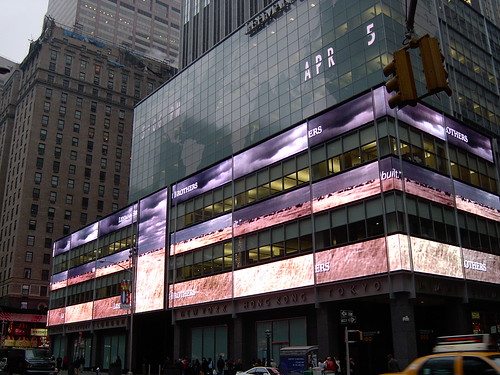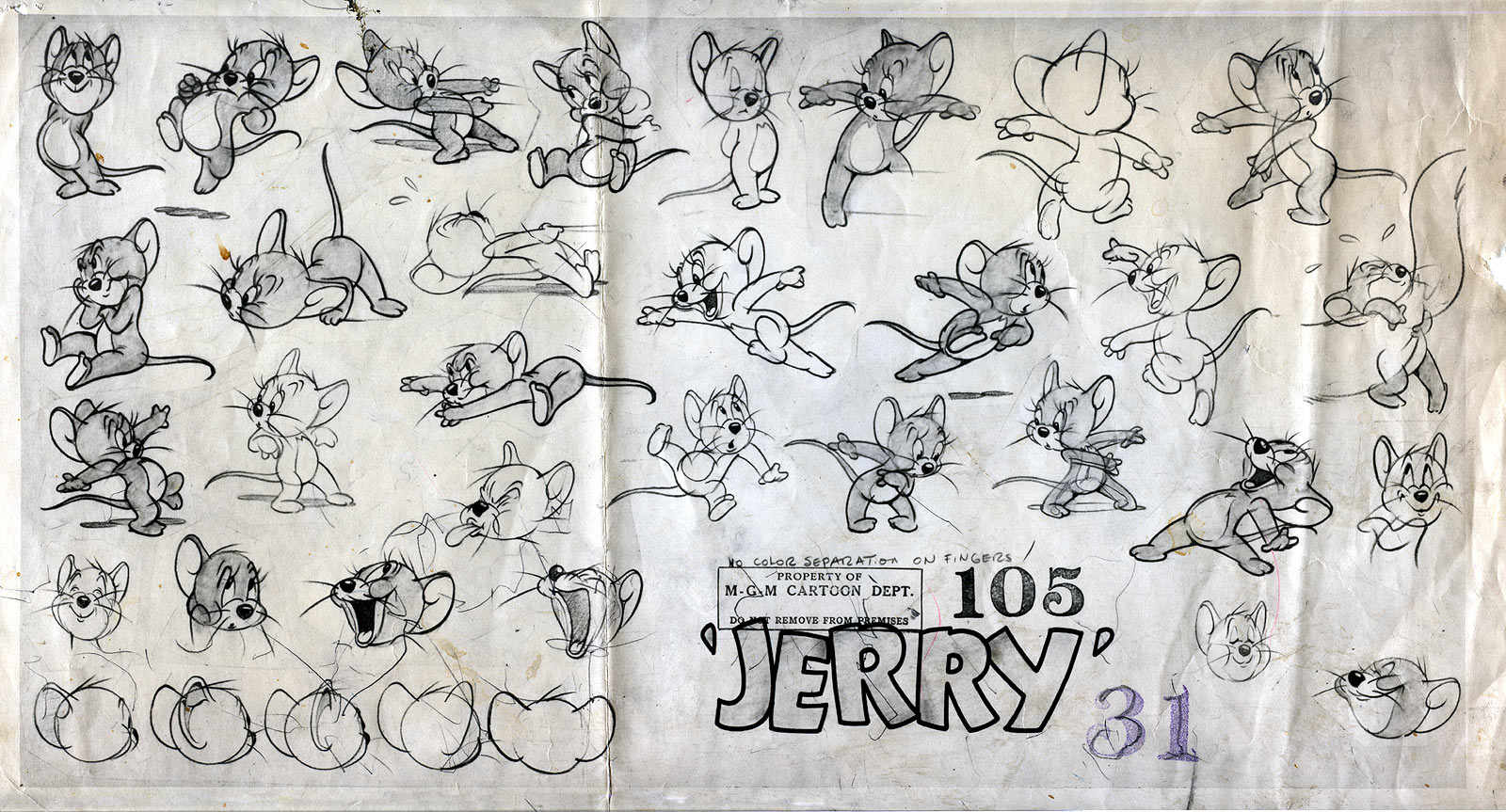This refers to individual animators looking to work for a studio, whether freelance or on staff.
Your website is an adjunct to your portfolio (and vice versa). They might share some material, but just as the media are different the contents are different.
We make an effort to look at every website artists send to us. We even try to respond -although that doesn't always happen. As a point we won't respond to anyone who sends follow ups like "Hey! Did you look at my stuff? I sent you my stuff!". That's a lot of hand holding for someone we don't even know.
One thing that's a major turn off to me, individual artists who present themselves as production companies.
This bugs me for a number of reasons.
1) we're not looking for subcontractors
2) we're not looking for a director
3) we're not interested in giving work to competition [despite what we may post/promote on this blog]
4) we're not happy with an inbetweener taking the finished piece and putting on their site as a Mynametoons Production.
On that last point, we encourage all our artists to keep and post copies of what they done. We hope they're accurate in how they credit the work. For instance, I'd be fine with an artist saying "They gave me a crappy storyboard and some questionable designs along with a quicktime that didn't work for timing and I made everything else because those people have no idea what they're doing." as long as that's an accurate description of the project.
That's what we don't like. Here are some things we do like.
Let's use examples of two artists who's websites inspired us to meet them in the studio.
Abbey Luck referred Vanessa Appleby to us when they finished working together. Referrals from friends/people we've worked with are always a plus. Try to get one whenever contacting a company for work.
Here's what we liked about her site. It's been re-modeled since we first saw it, but the criticism still applies.
1) The category pages make sense
2) It contains a resumé that you don't have to download
3) E-Mail & phone number easily visible
4) Supplementary material -blog especially -is cogent
5) It's functional
6) A clip reel is easily available in addition to a limited number of full films.
7) There's a bit of process work
That's enough to get someone to look at the work seriously. This site also doesn't overload the viewer with too much information. It's a complement to a reel and portfolio, not a substitute.
This site shows the artist's work, gives a sense of her strengths and weaknesses.
One thing I don't like: the "illustration" section. These are drawings. It's only illustration when it's "illustrating" a text. Illustration is a commercial application of drawing. It can also be a commercial application of painting, knitting, photography, sculpture, etc. If they were associated with news or children's stories they would be "illustration", if they're not call them "art" or "drawing" or something.
A young artist's "illustration" portfolio isn't all that interesting to most animation studios. On a website, though, you need to show broader talents than animation so it's important to keep these others skills visible.
Leah Shore happened to be a classmate of Ms. Appleby at RISD. Maybe they have a few good teachers there who help prepare them to be working artists.
She sent her links, including her thesis film. We thought they were great and asked her to stop by if she was ever in town.
Also, her email was titled "LEAH SHORE IS AWESOME!" While that may (or may not) be true, and I'm inclined towards the former -a subject header like that is more likely to be ignored than: "Leah Shore - animation portfolio". Not because of the unseemly boasting, but it reads like a new Nigerian scam or pornographic spam. Hoping for one of those options, we found it was an artist's letter instead.
Again, her site is simple. It gives you the information and works as a complement to an "artist sales package".
Both of these artists keep blogs. Blogs are a great component of the web aspect of the package. A website is largely static, they give a great sense of the creator but they're a pain to update. The artist's blog lets prospective clients/employers
know the artist is actively involved in perfecting the craft.
Next in this series, I'll talk about the sample reel/resume/cover letter. The last part will concern what to do on an interview.
















































